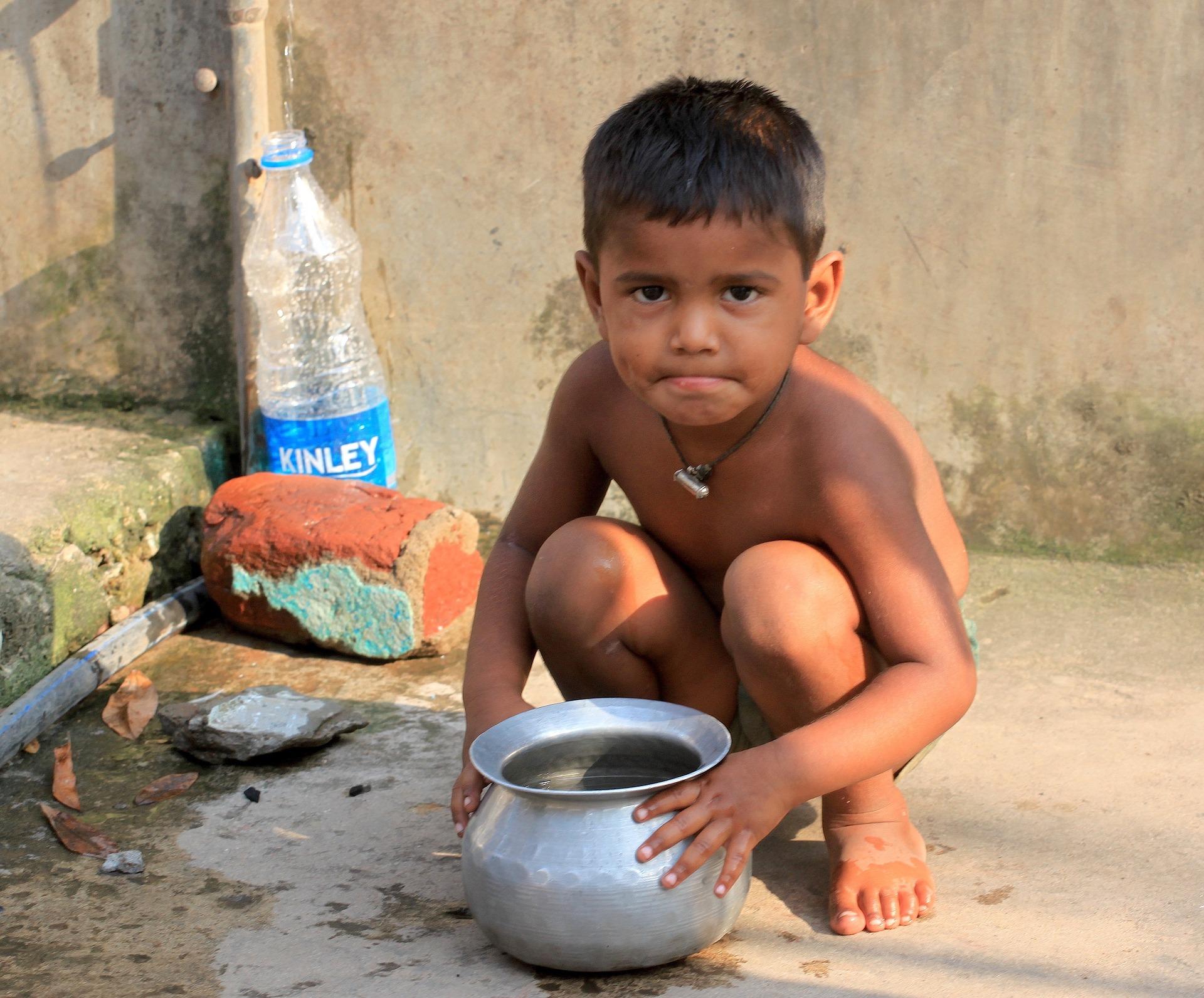On January 7, 2021, Uttar Pradesh bagged the first position in the Union Ministry of Jal Shakti’s National Water Awards 2020 in the category of ‘best state’. The Ministry of Jal Shakti recognised the state for its effective abetment of pollution in river Ganga and improving the water quality of major rivers by building 104 sewage treatment plants.
Actively working on the implementation of Centre’s water-focused programmes, Uttar Pradesh plans to connect more than 18 lakh families with water supply in the first phase of Har Ghar Nal Yojana under Jal Jeevan Mission and the Namami Gange Programme, say reports. The state administration is hopeful that once the tap water supply is operational, millions of people living in UP’s 97,000 villages will get clean drinking water and suffer less from water-borne diseases.
It is a Herculean task if one goes by the numbers achieved so far. Only 13.23% of UP’s rural households have received tap water supply as of date — the lowest in the country — according to the Jal Jeevan Mission dashboard. This leaves 86.77% of the state’s rural families — over 22 million village households — to depend on handpumps or other private means of water supply. The government objective is to have complete tap water connection coverage across all rural households by 2024. While that happens, rural households will continue to use a more reliable and easily available water resource, which is groundwater, but an area where UP’s struggles persist. It is not just about the declining water table, but also the chemicals that have been leaching into sub-surface water for decades now.
Chemical Contamination
The problem was first reported in 2004 when high arsenic levels were found in the groundwater of Ballia district in a study by the Centre of Science and Environment. Since then, the problem of arsenic contamination in Uttar Pradesh’s drinking water has been a steady topic for research internationally. A more recent paper, in 2019, predicted that 12% of the total population of Uttar Pradesh, which accounts for 23.48 million people, are at risk. The Government of Uttar Pradesh in a report in Integrated Management Information System (IMIS) said that 5,72,882 people in 17 state districts as of January 1, 2019, were affected by arsenic contamination in drinking water.
With Uttar Pradesh going to polls in February, ground reports of villages affected by contaminated drinking water and problems it leads to are coming to light. Recently, a report from Sitapur and Lakhimpur Kheri highlighted the grave drinking water problem in the districts. Families here have reported deaths due to water-borne diseases after consuming highly contaminated groundwater from handpumps. The water in several districts is contaminated with arsenic, fluoride and iron, causing lethal health problems such as cancer (arsenicosis), fluorosis and skin lesions ranging from melanosis and keratosis to suspected cases of Bowen’s disease, arsenical neuropathy and adverse obstetric depending on the severity of the exposure. Many children suffer from stunted growth.
In response to the problem that affects many Indian states, the Centre launched Atal Bhujal Yojana (ABHY) in 2019. A ₹6,000 crore scheme with World Bank funding, ABHY is for sustainable management of groundwater with community participation. It is being taken up in the identified water-stressed areas of Gujarat, Haryana, Karnataka, Madhya Pradesh, Maharashtra, Rajasthan, and Uttar Pradesh. If successful, the scheme will contribute significantly to the water and food security of the states, believe policymakers.
The Centre has chosen 10 water-stressed districts of Uttar Pradesh to implement ABHY. The state government in a similar, state-funded programme is working in the rest of 65 districts. In July 2021, Chief Minister Yogi Adityanath in an interview said that the impact of the scheme is visible, with groundwater level improving from critical to semi-crucial in some zones in the last few years. While the level or quantity may improve, the quality of water remains questionable.
Roadmap Needed
It should be noted that in a reported poor-quality area, all handpumps/borewells might not yield contaminated groundwater, as it would depend upon the vulnerability of the aquifer system and in situ mobilisation of pollutants. Like, in a village if any handpump draws high-fluoride water, another handpump nearby may give water without fluoride toxicity. This is mainly observed in areas where groundwater pollution is due to natural/geogenic reasons. Such observations, thus, point at the importance of extensive quality mapping, say WaterAid India and Ground Water Action Group in a 2021 report.
WaterAid India and Ground Water Action Group with other partners organised a regional consultation workshop on Perspectives on Mainstreaming Integrated Water Resources Management in Uttar Pradesh in December 2021. At the workshop, senior hydrologists and groundwater experts called for a strict ban on groundwater extraction from shallow aquifers. The experts called for preparing a roadmap with reliable hydrological data and integrated, periodic assessment of groundwater quality through extensive (district-wise) mapping.
The quality is being mapped, but not extensively. The recent CAG Audit Report on Ground Water Management and Regulation, presented in Parliament in December, accepts the inadequate number of the observation wells of the Central Ground Water Board (CGWB) to comprehensively monitor the groundwater. In March 2019, the number of CGWB observation wells for monitoring water quality in Uttar Pradesh stood at 869. It was much less compared to the number of observation wells in other big states like Maharashtra (1,719), Karnataka (1,466), Odisha (1,278), Madhya Pradesh (1,210) and West Bengal (1,301).
While the task remains colossal, the state government has accepted the challenge. Uttar Pradesh is one of the few states to have fully implemented legislation on groundwater. It captures the work done under ABHY on its dashboard. Another ray of hope is the Jal Jeevan Mission and the money it assures to the state — more than ₹235 billion. Despite all the measures and commitments, and rampant groundwater contamination translating into health burden and loss of lives, Uttar Pradesh must break new ground to replenish its groundwater with quality at least till tap water reaches its rural households.


























